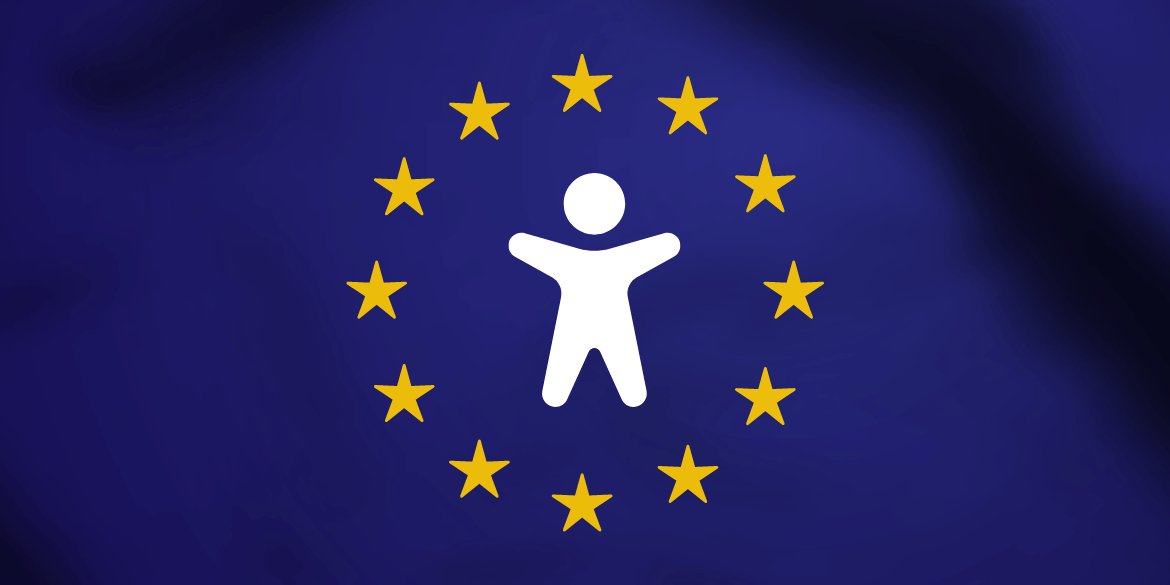- Creative and digital content localization
- Creative and digital
- International SEO
- Interpreting
- International marketing
- eLearning content
- Accessibility


Your videos, accessible to all.
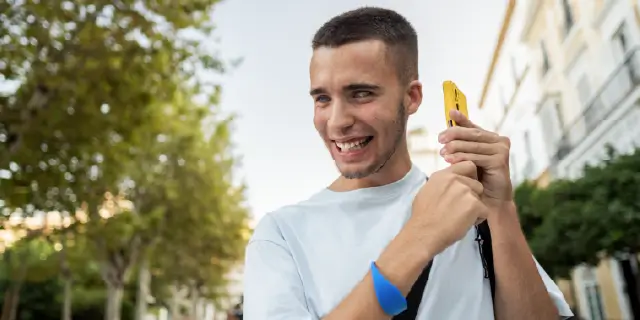

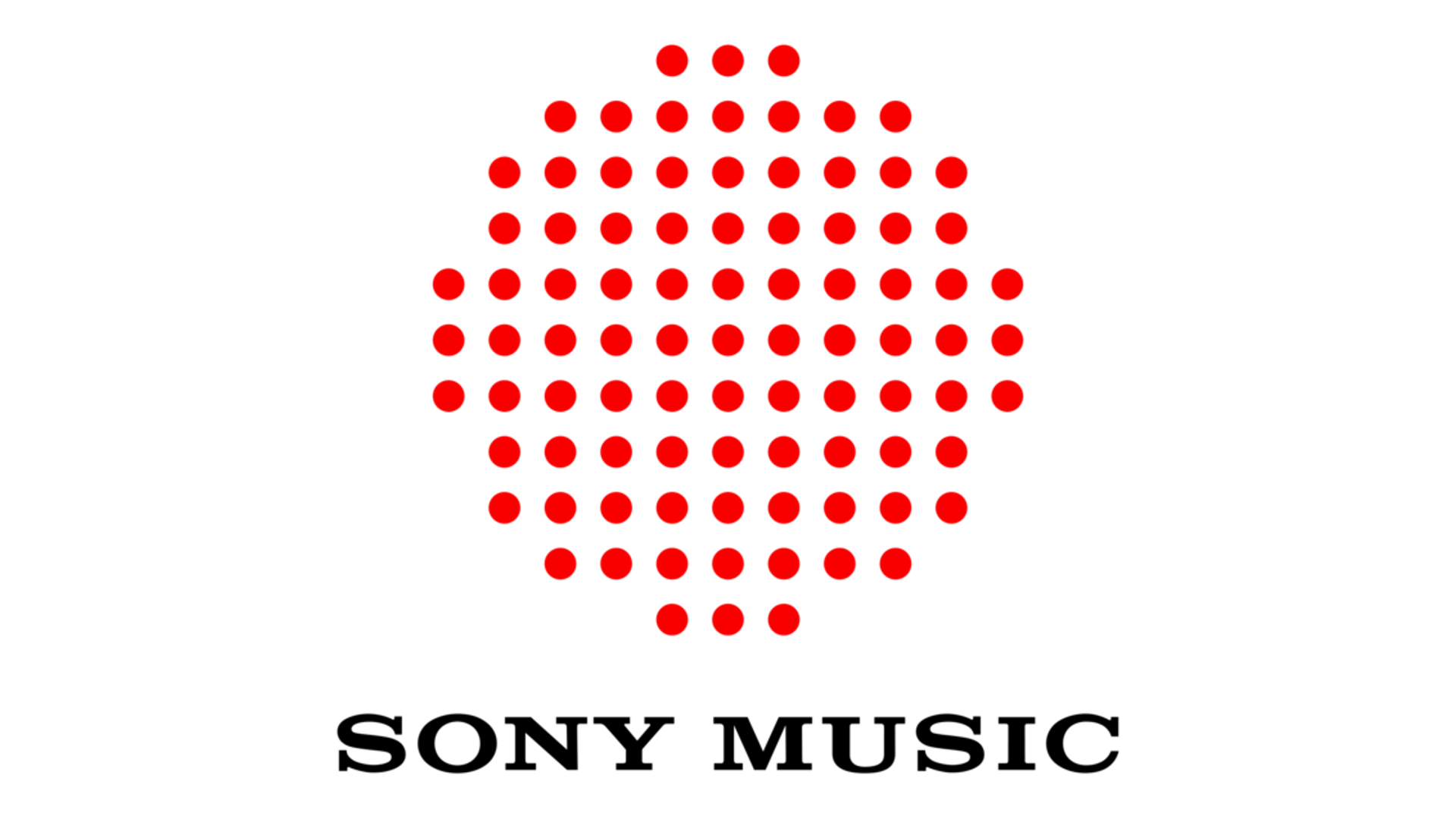










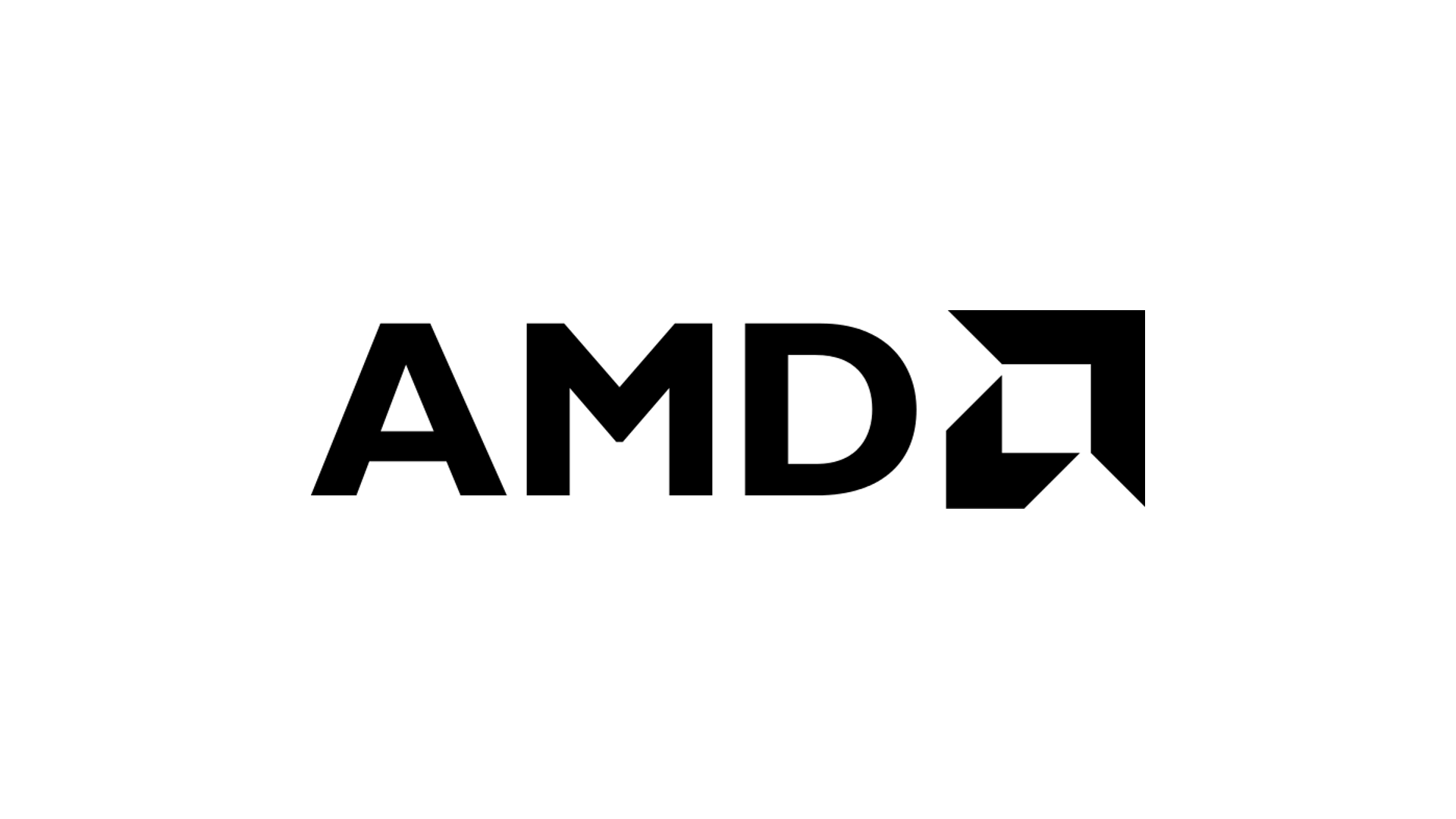
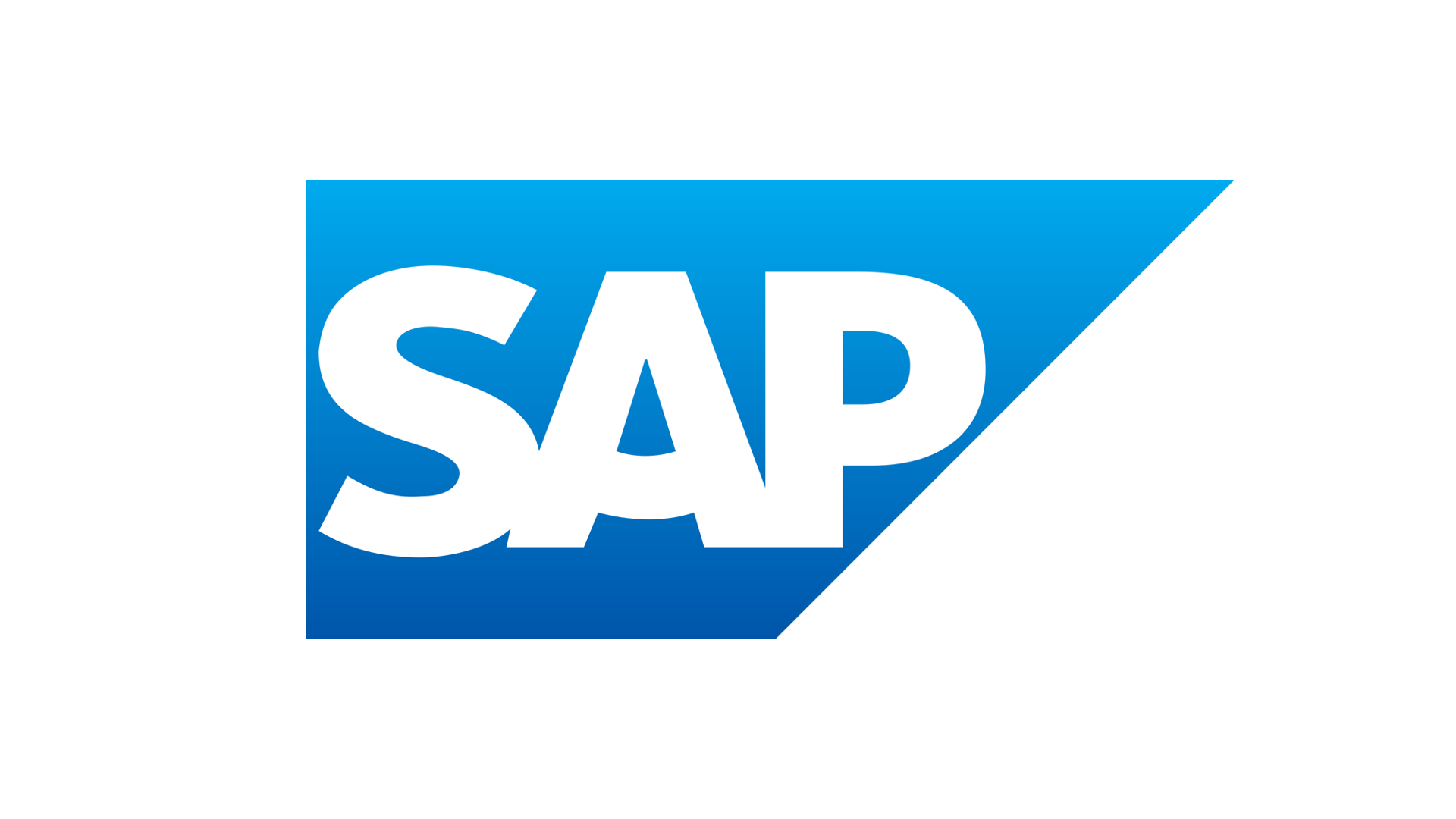



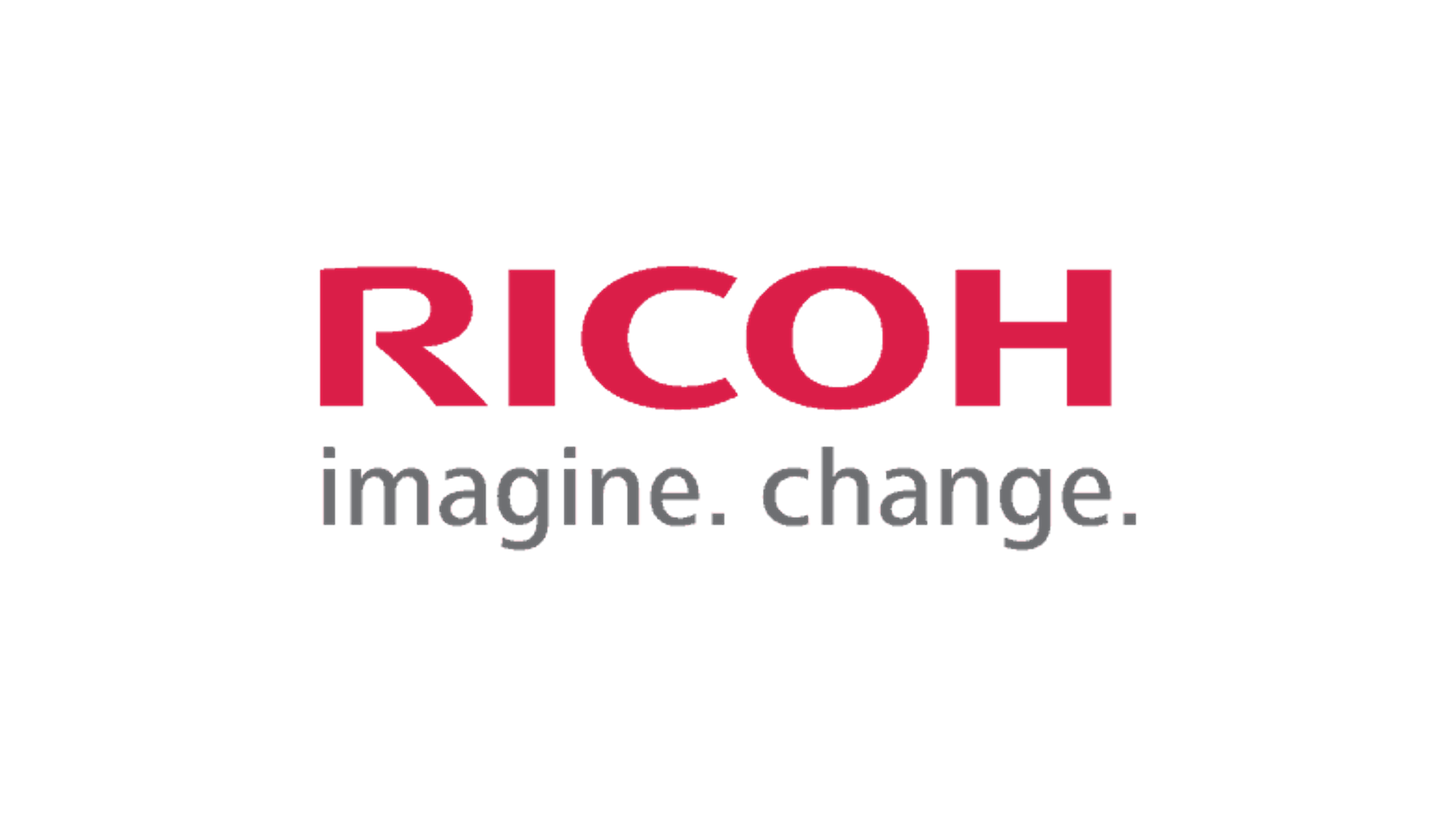



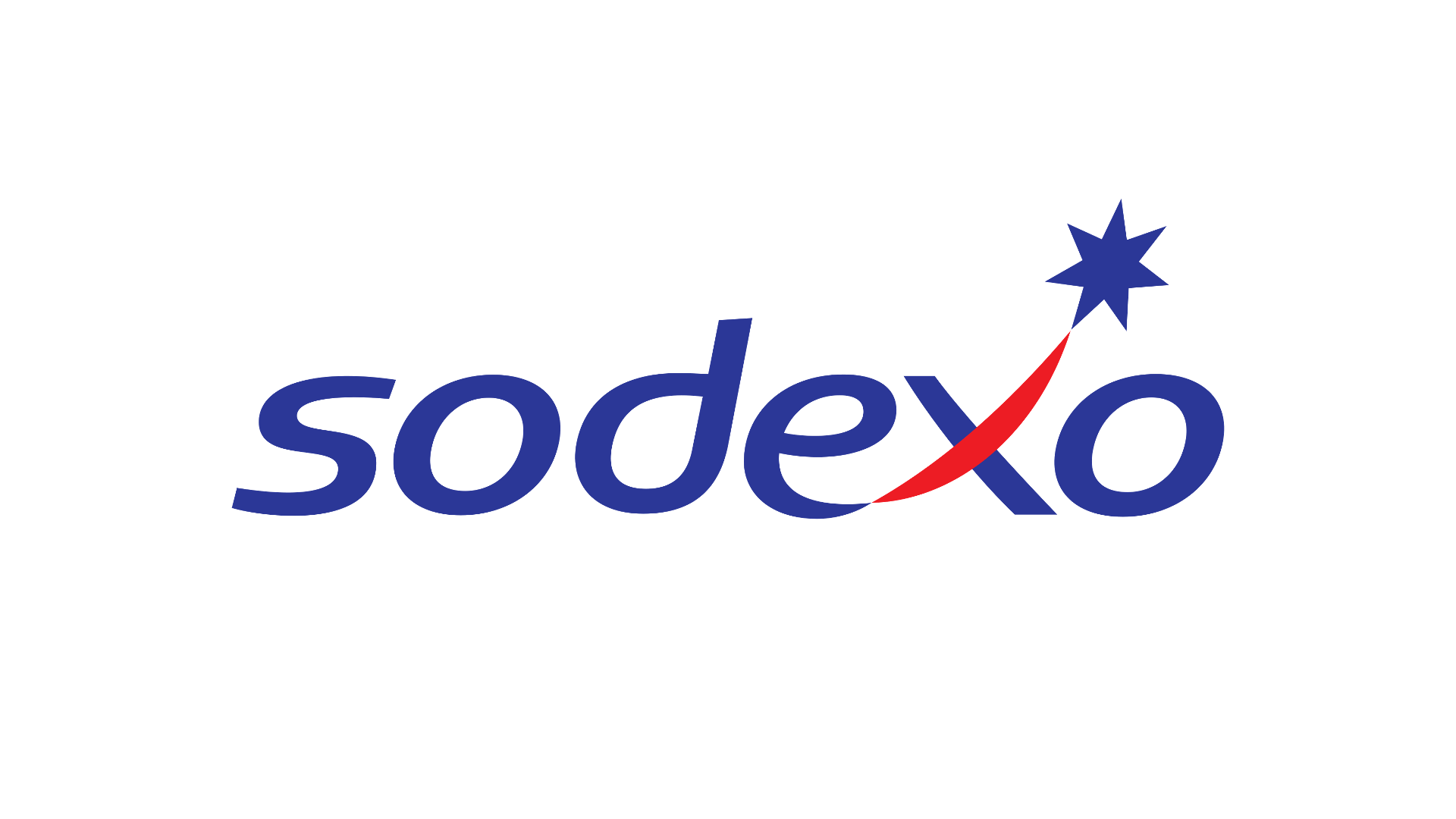

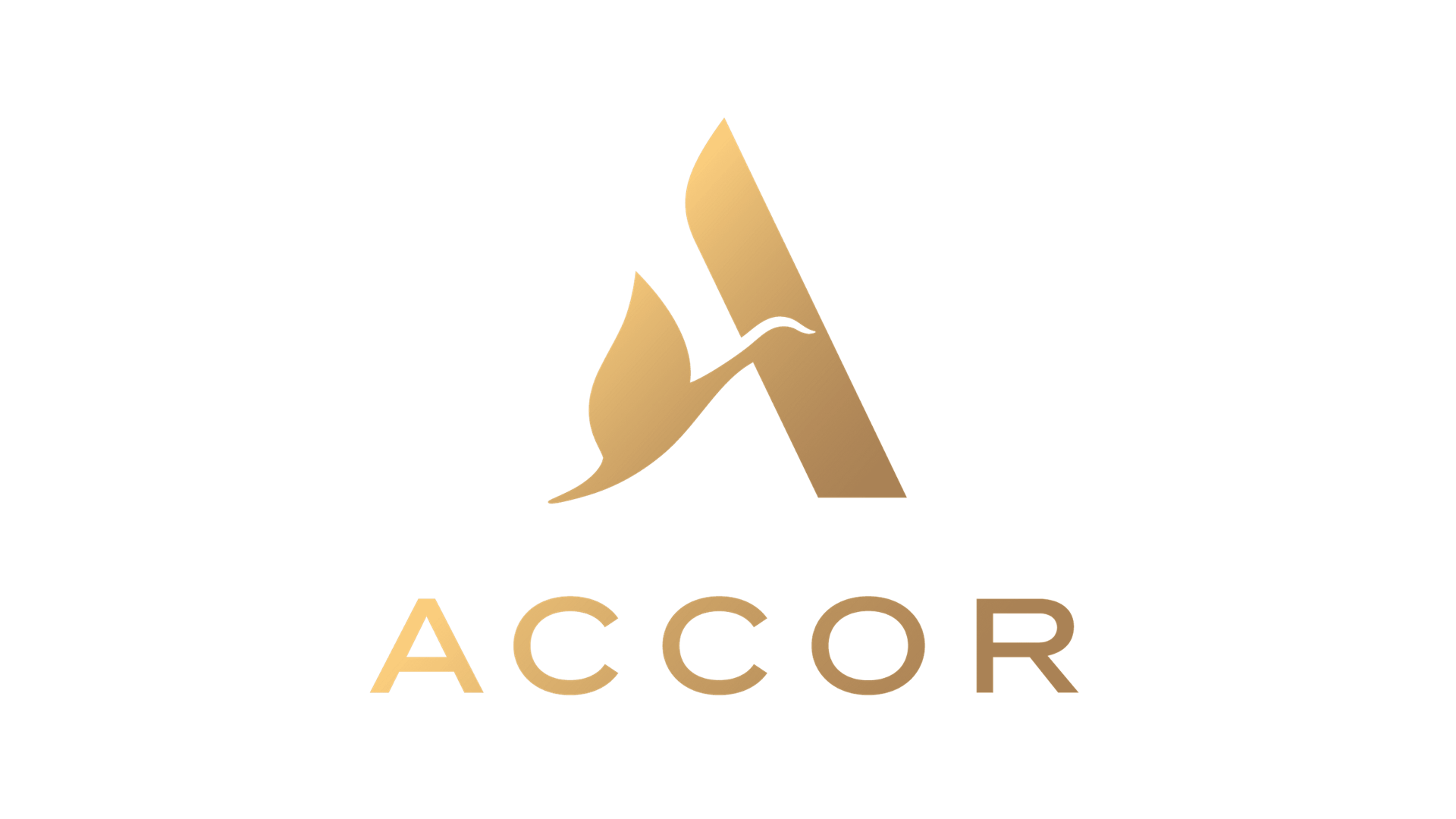

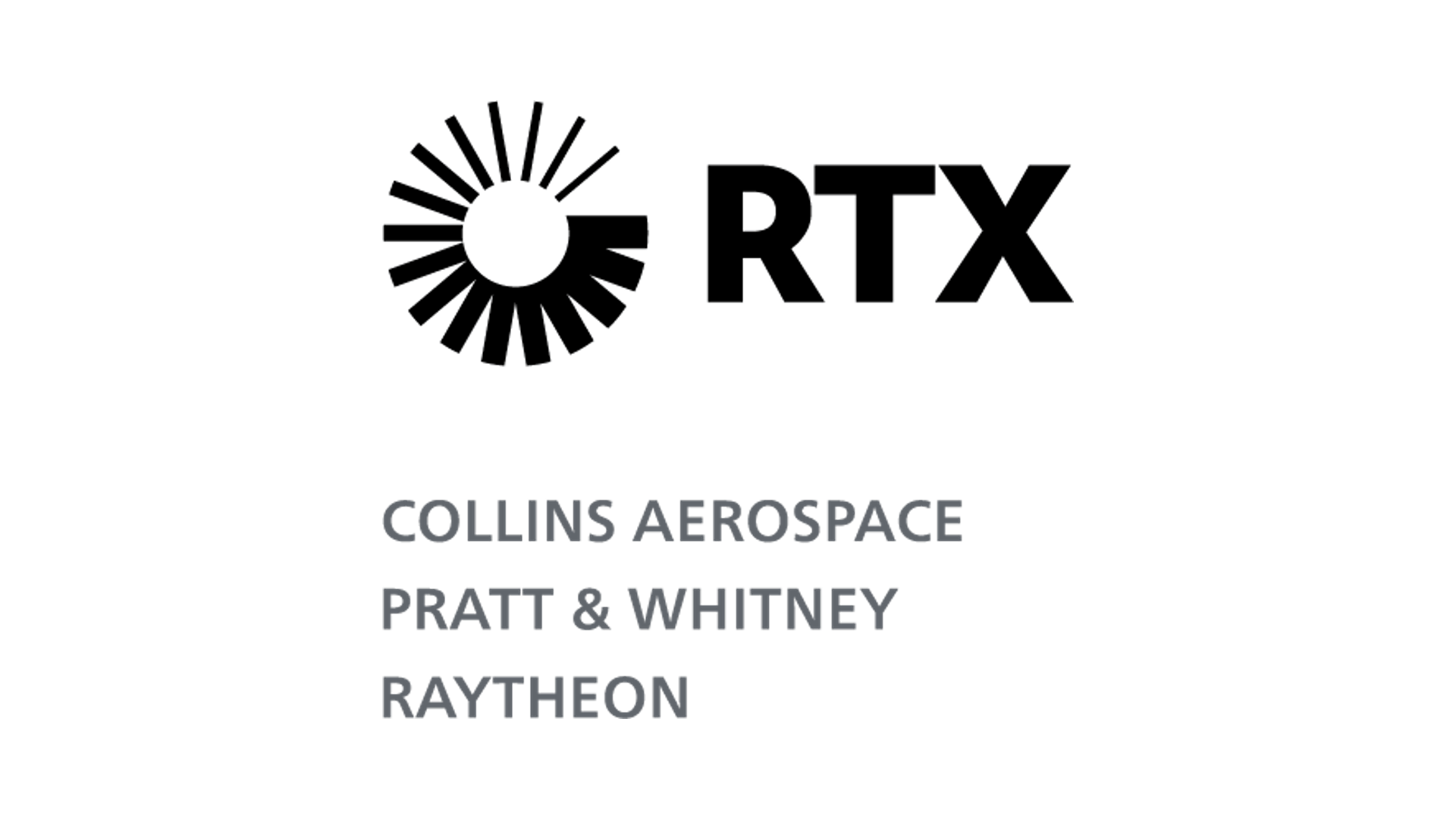
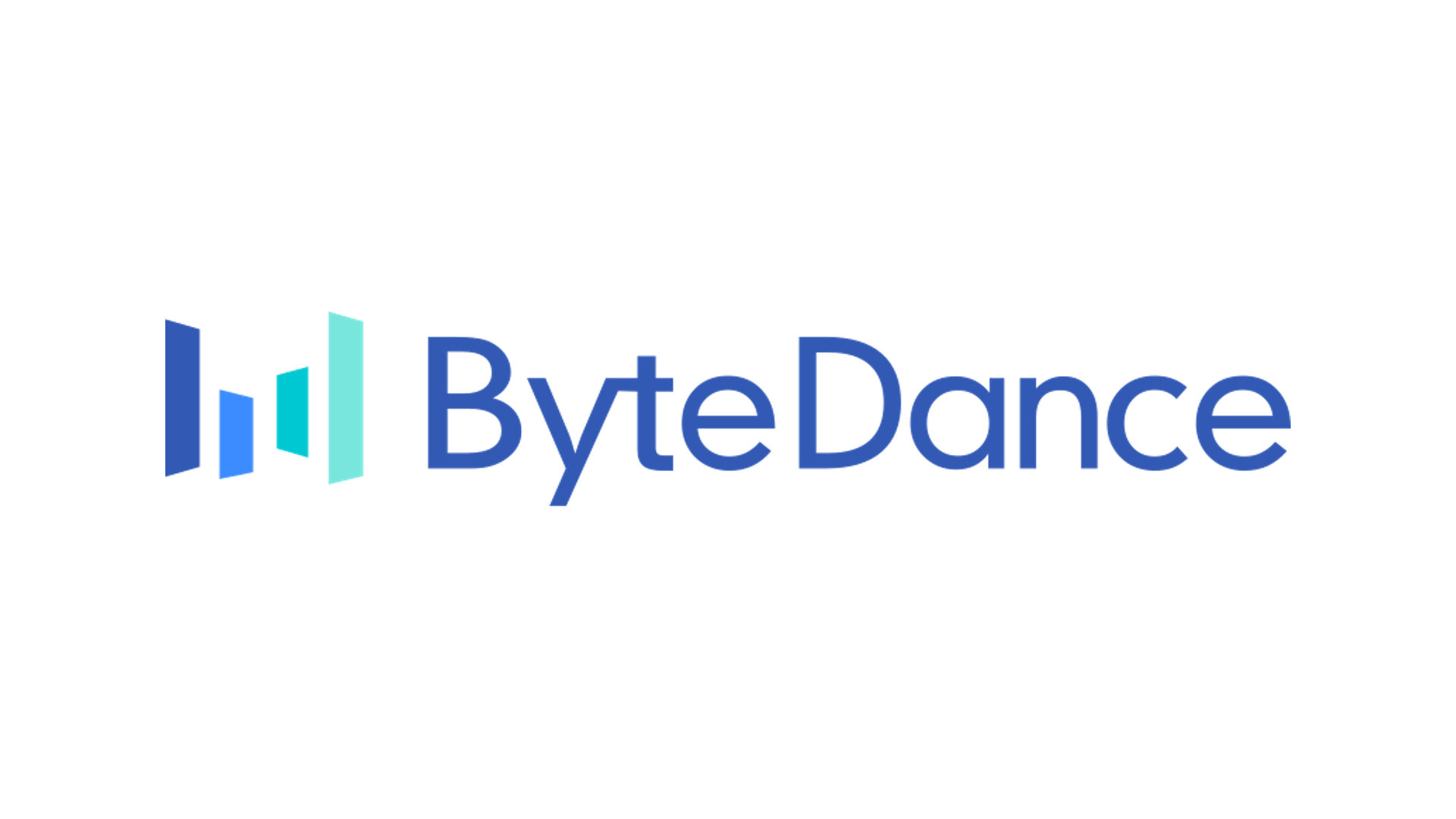

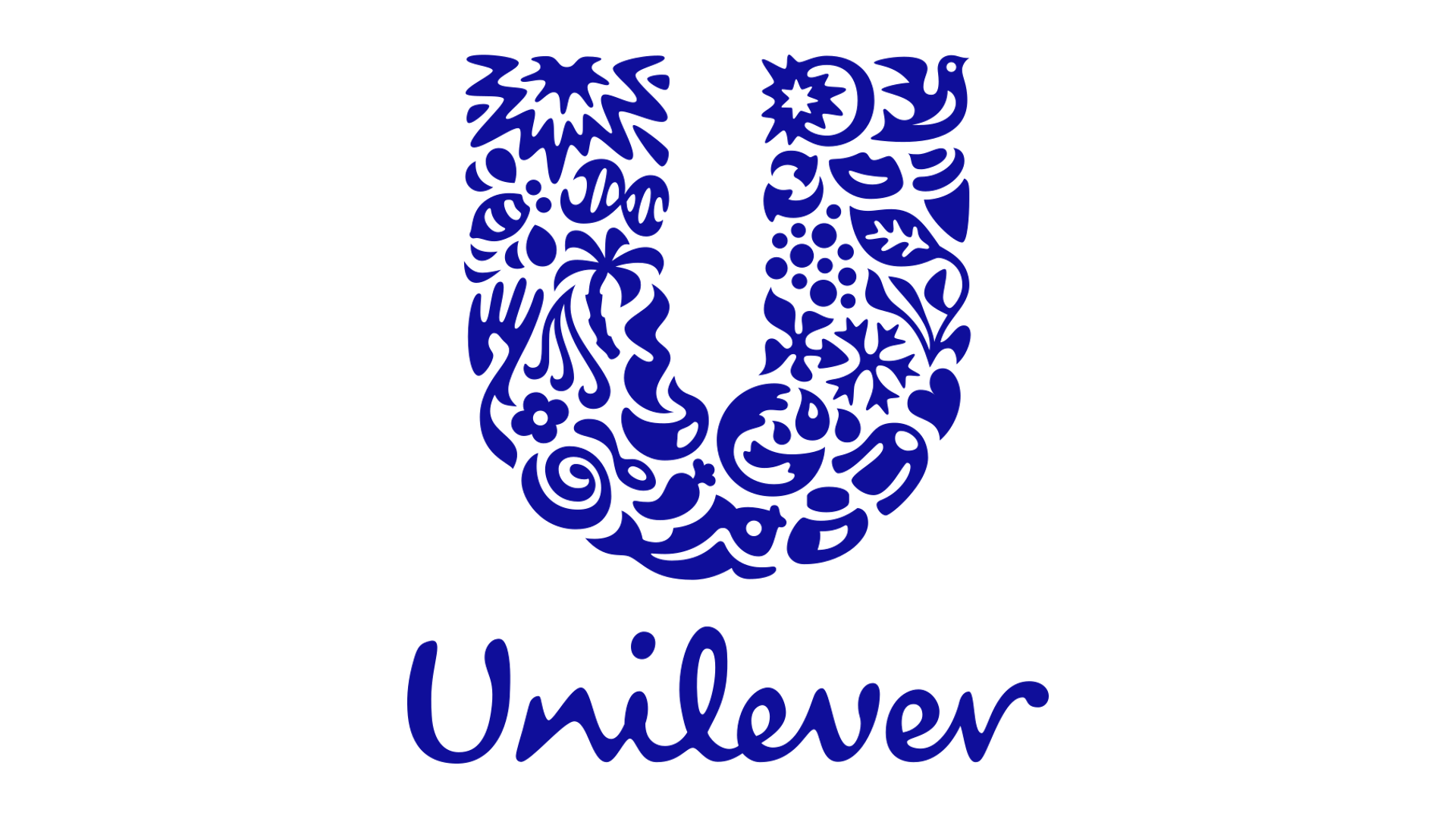
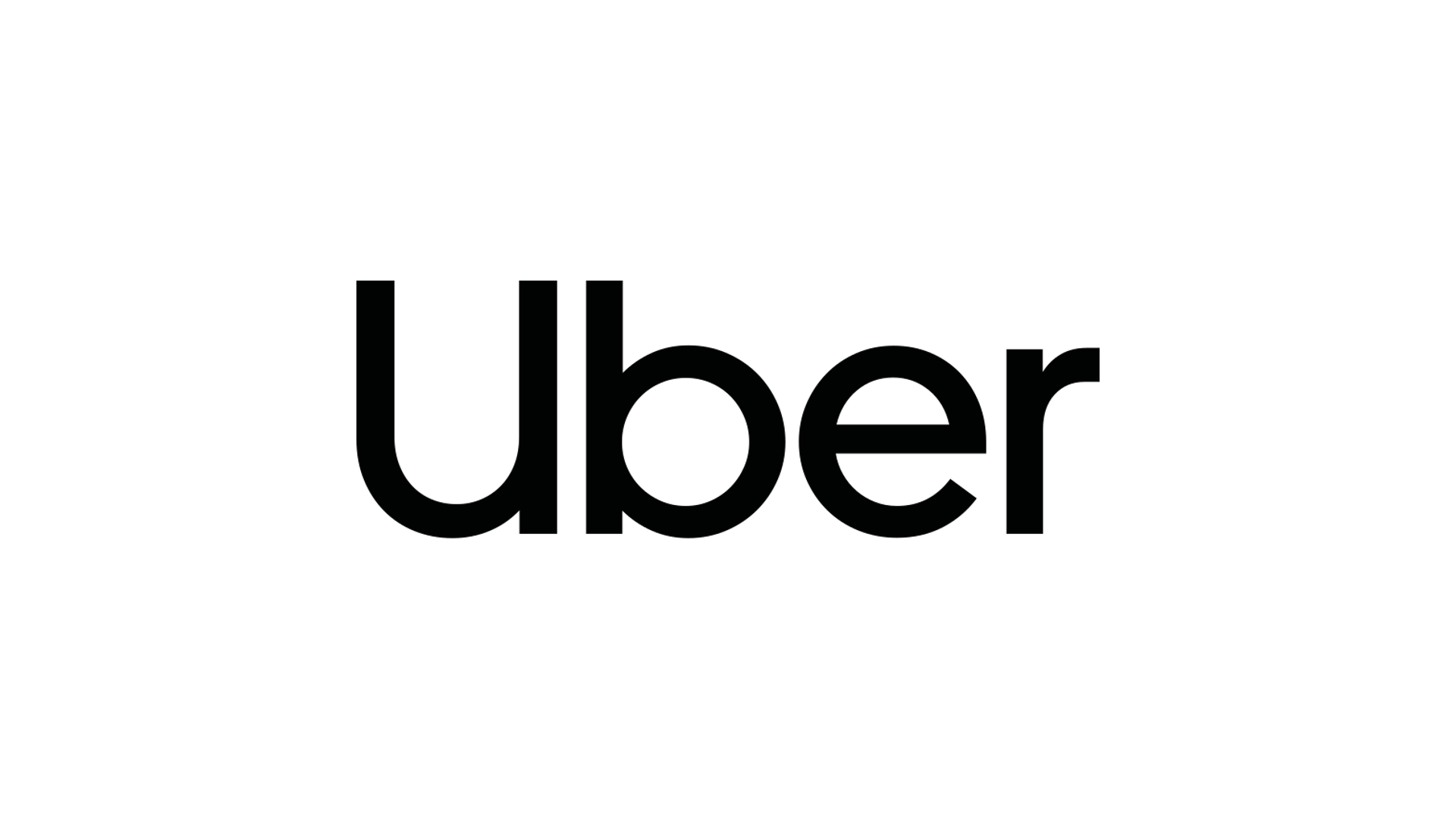
































Comprehensive solutions for your video content
Comprehensive solutions for your video content
Need to make your videos accessible to everyone? We offer a range of solutions to ensure your video content is inclusive and engaging for all viewers. This includes:
- Closed captions and subtitles: Make videos accessible to deaf and hard-of-hearing viewers
- Audio descriptions: Describe visual elements for blind or low-vision viewers
- Transcripts: Provide an alternative way to access information for all viewers
- Sign language interpretation: Open up videos to deaf and hard-of-hearing sign language users


Quality assurance for accessible videos
Quality assurance for accessible videos
We follow a rigorous QA process to ensure your video content meets the highest accessibility standards. This includes meticulous checks for compliance with WCAG standards, ensuring your videos are accessible to people with a wide range of disabilities.
Our team of experts conducts regular quality checks to guarantee accuracy, consistency, and optimal user experience across all platforms and devices. We're committed to providing accessible video content that is not only compliant but also engaging and enjoyable for everyone.


Global reach for wider accessibility
Global reach for wider accessibility
Looking to make your videos accessible to a global audience? We understand that inclusivity knows no borders. Our multilingual accessibility services ensure your video content can be enjoyed by everyone, everywhere.
We provide expert translation and cultural adaptation to ensure your videos are not only accessible but also relevant and engaging for viewers in every market.


Technology for efficient accessibility
Technology for efficient accessibility
Want to streamline your video accessibility workflow? We leverage cutting-edge technology, including AI-assisted captioning and automated workflows, to ensure efficiency and accuracy. Our solutions integrate with major platforms, making it easy to implement accessibility features.
- AI-assisted captioning to generate accurate and efficient captions for your videos
- Automated workflows to streamline the accessibility process, reducing turnaround times and costs
- Quality control tools to ensure the accuracy and consistency of your accessible video content
- Integration with major platforms, making it easy to implement accessibility features
DDI gets expert support in its drive for inclusive, accessible learning

The partner you need for...
Accessibility
Document accessibility
Web and software accessibility
Accessibility in eLearning


Ready to make your videos accessible?
Our team of accessibility experts understands the nuances of creating inclusive video experiences. We're here to make your video content available to everyone.
